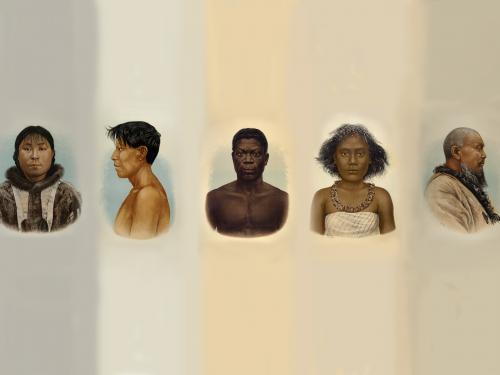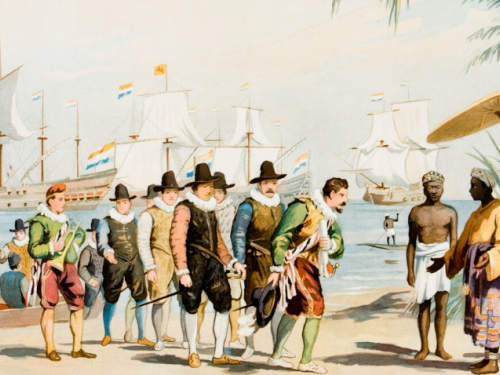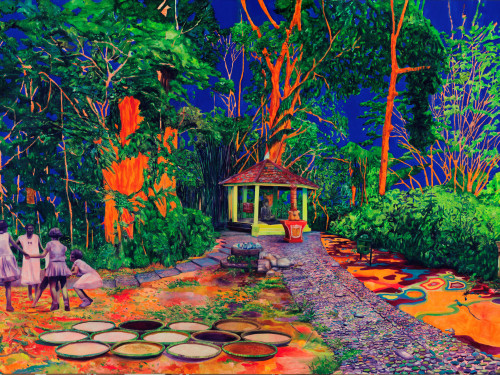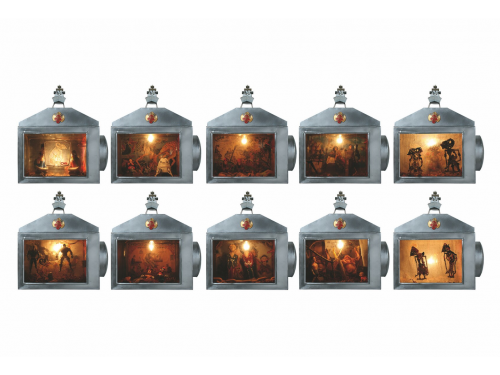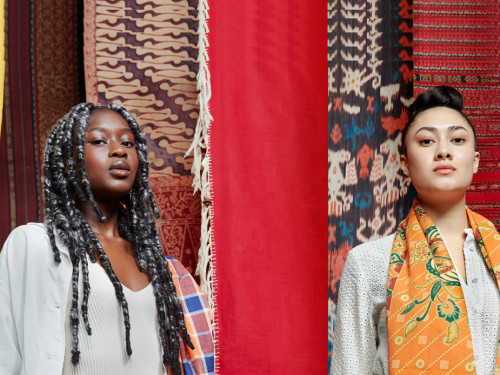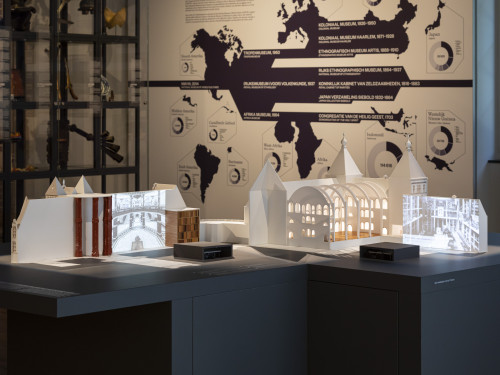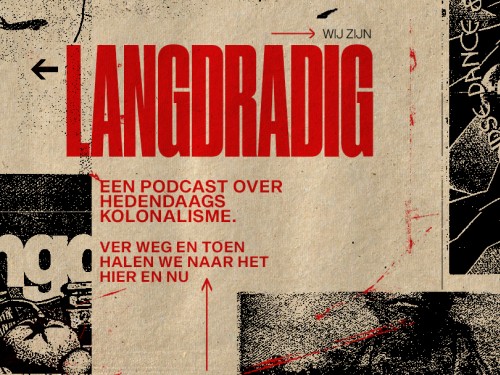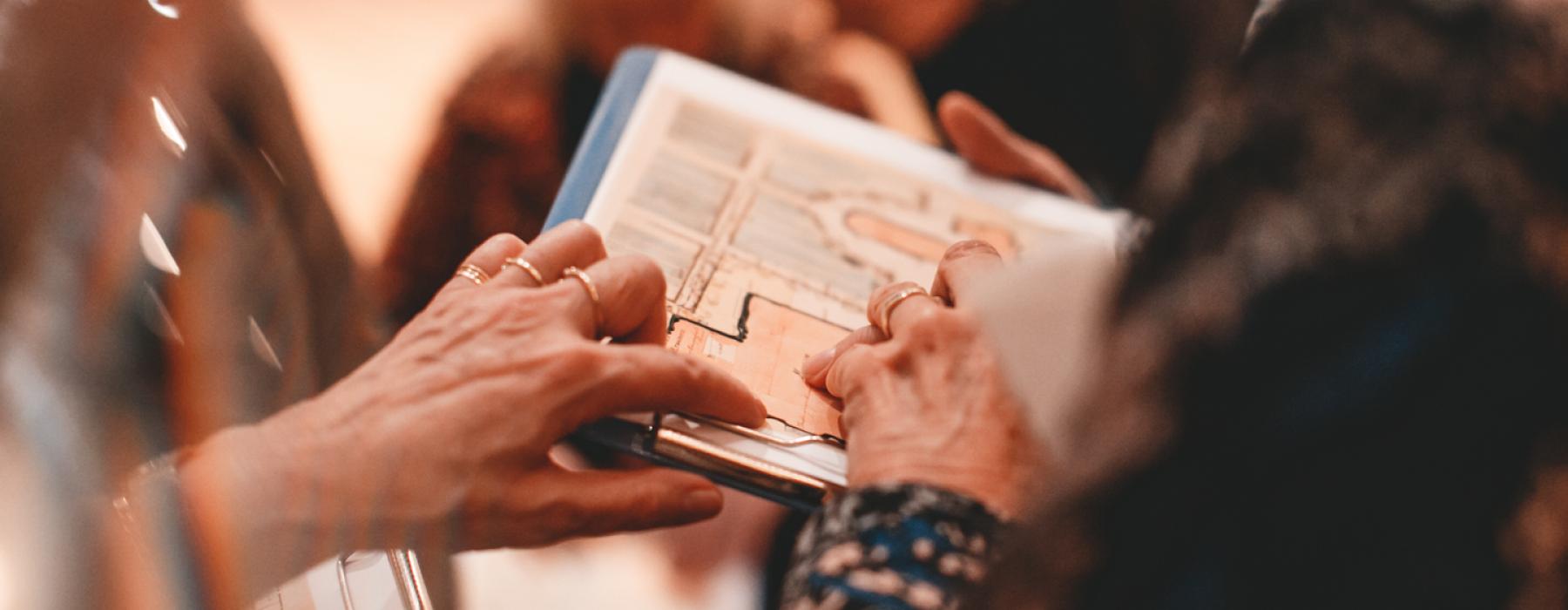
Our Colonial Inheritance is Wereldmuseum Amsterdam's new permanent exhibition. The exhibition shows how colonialism shaped the world we live in and how people who were colonised endured colonialism. Through this exhibition, Wereldmuseum Amsterdam wants to contribute to the discussion about how we deal with the colonial past. The exhibition is also intended to contribute to a more equal and just world.
